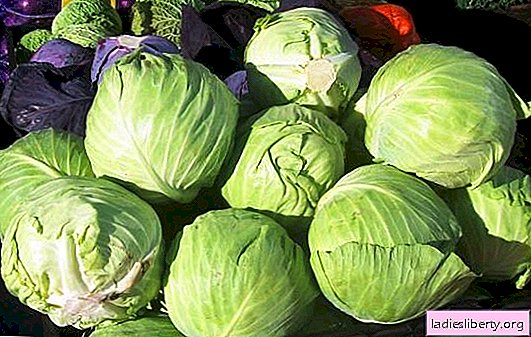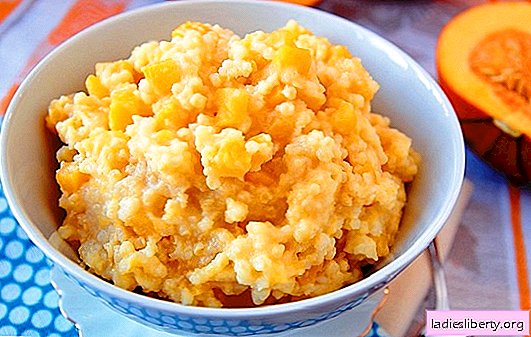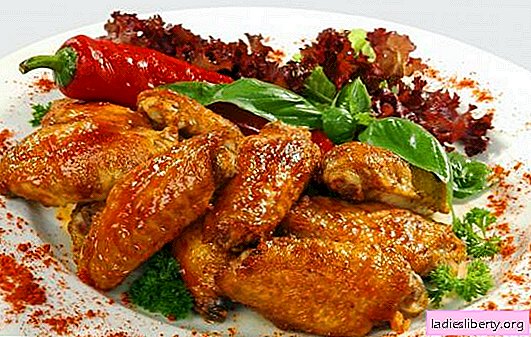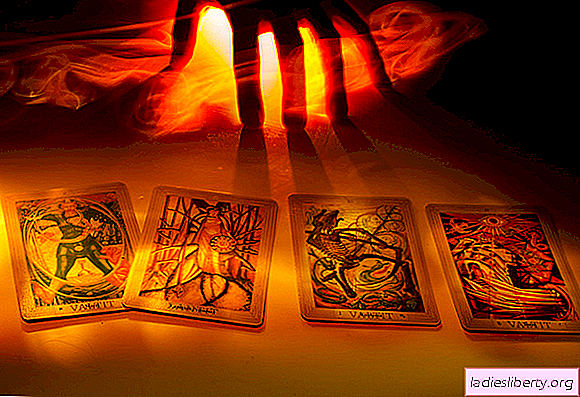
Platicodon is a perennial plant, which is represented by only one species - platicodon grandiflorus. Platicodon buds are very similar to balls, which, when opened, turn into charming blue or blue bells. You can plant platicodon seeds, the main thing is to choose the right soil and take care of the plant in a timely manner.
Planting Platicodon Seeds
Most often, platicodon is propagated by seed. They can be sown directly in the open ground or grow seedlings.
Sowing seeds in open ground
The seeds of platicodone are harvested in the summer, and sown in the fall. So the seeds will fall into the familiar environment, and their stratification will take place naturally.
The bed where the sowing will be carried out is dug up and leveled. Furrows are made on the flowerbed and seeds are poured into them. The sowing area is leveled, trying not to fall asleep small seeds. A thick layer of soil on top of the seeds will make it difficult to germinate; platicodon may not rise at all. It is enough to sprinkle the bed with peat, the layer of which does not exceed 3 cm.
Planting platicodone seeds in open ground has some significant drawbacks:
• seedlings appear in early summer;
• seeds germinate slowly;
• seedlings are lagging behind in development;
• flowering occurs only in the second or third year.
Given all the shortcomings, the landing of platicodone is carried out in a seedling manner.
Sowing seeds for seedlings
To admire the flowering of platicodone in the summer, the seeds are planted in early March. Seeds are pre-treated in advance:
• place the seeds in a tissue bag;
• immerse in a container with water and soak for two days;
• put seeds in the refrigerator for 12 hours.
Then the seeds are sown in pre-prepared soil. For planting seeds, a loose and moisture-absorbing substrate is used. Seedling boxes are filled with soil mixture and evenly distribute seeds on the soil surface. To facilitate this process, they are mixed with sand. Sprinkle the seeds with soil is not worth it. They need light to germinate.
After planting, moisten the soil from the spray bottle and cover the container with glass. The containers are transferred to a room where the temperature is at 22C. Periodically, the glass is removed and the soil is irrigated. The first shoots are noticeable after two weeks of germination.
Care for seedlings of platicodone at home
If you create comfortable conditions for platicodone, then it is easy to grow seedlings.
As soon as the shoots appear, the glass is removed and the room temperature is reduced to 15 degrees. Platicodon sprouts are fragile and delicate, requiring careful care.
Water the seedlings carefully, trying not to moisten the soil too much, otherwise the plants will die from the black leg. To protect the seedlings, potassium permanganate is added to the water for irrigation.
Important! The picking of young plants is carried out after the third pair of leaves is formed.
For picking, containers with diameters of 10 cm are selected, in which the plant is grown until it is planted in the ground. You can lower the pick if you sow the seeds in peat tablets.
We plant platikodon in open ground
Tender plants are planted on the flowerbed only in late May or early July. It all depends on the weather. Platicodon does not tolerate transplantation, so the plant immediately needs to choose a permanent place.
Garden location
The flower prefers to grow in bright and warm areas. Set aside the sunniest spot in the garden for platicodone. You can also plant the plant in partial shade, however, areas with a dense shadow should be avoided. Platicodon will develop poorly and rarely bloom.
The soil in the area where platicodon will be grown should be loose, nutritious and well-drained. The plant does not tolerate stagnation of moisture at the roots. They dig up too dense soil, adding sand to it. Poor soil composition is enriched with wood ash and mineral fertilizers, which are made for digging.
How to plant platicodone
The depth of the planting holes should be slightly larger than the pot with seedlings. The distance between the holes in the garden leaves up to 25 cm.
Before planting, the plant is well watered and carefully removed from the pot along with a lump of earth. To alleviate stress after transplanting, the platicodone bed is well watered.
Caring for platicodone in the garden
Perennial poorly takes root, so it is watered and shaded daily during the first weeks. After that, establish the normal watering regime - 1 time in 3 days.
Neighboring weeds is not good for platicodone. Loosen the soil regularly to increase root aeration and remove weeds. Mulching the beds with a thick layer of humus will help facilitate the care of platicodone.
For full and bright flowering, fertilizing with mineral fertilizers is used. Perennials are regularly fed throughout the growing season 1 time per month.
In one place, platicodone is grown up to 10 years, but already in the third year the flowerbed loses its decorativeness. The plant is very elongated and becomes less attractive. To avoid this, cut off platicodone, pinch the growth point or spray with drugs that slow development.
Platicodon breeding
The best results are obtained by propagating platicodon by seeds, but you can try grafting or dividing the bush. True, one should not really count on success; not many succeeded in such reproduction.
Cutting of platicodone is carried out in the spring, cutting the stem processes with two internodes. The rooting procedure is no different from the usual. Observe increased humidity and temperature within 25C.
You can propagate perennial by dividing the bush. To do this, carefully dig it out and carefully examine it. If the rhizome has processes with kidneys, then they are separated with a sharp knife. After that, the dividers are planted in prepared wells. Take care of platicodone as usual.
What to do with platicodone after flowering
After flowering, the perennial forms a box with seeds. They are collected and used for further growing plants. You need to collect the seeds in September, when they are fully ripe.
Platicodon is a perennial plant, so it needs a comfortable wintering. In the fall, after the stems are dry and drooping, they are pruned at ground level. With the onset of cold weather, the bed is mulched with humus, peat or compost, dry leaves.
Diseases and Pests
An indisputable advantage is the resistance of platicodone to disease. The plant is practically not affected by pests. Due to violation of growing conditions, perennials can suffer from gray rot, as a rule, this also occurs in rainy years. Affected plants are sprayed with fungicides, a solution of copper sulfate. After 14 days, the treatment is repeated. Plants severely affected by rot destroy.
The greatest harm to platicodone is caused by moles and rodents, which damage the stem root of the plant. Use various methods to scare them off the site.











